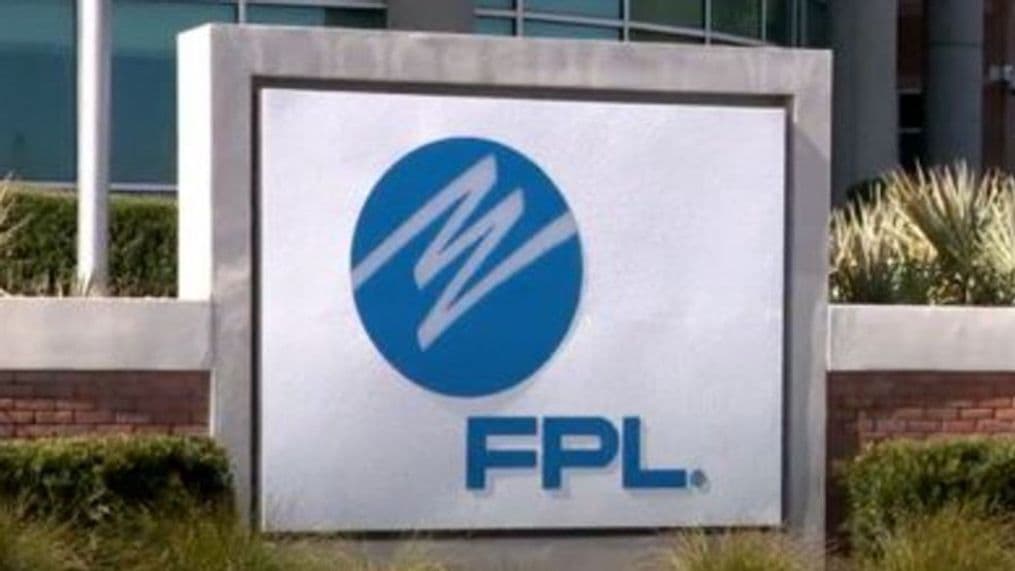FPL Seeks Higher Rates to Fund Grid Upgrades and Storm Resilience
Florida Power & Light has filed for a rate adjustment that could push utility bills higher as the company funds large-scale grid upgrades and storm-hardening projects. The proposal will face a months-long review by state regulators and could shape household budgets, investment returns, and Florida’s energy transition.
AI Journalist: Sarah Chen
Data-driven economist and financial analyst specializing in market trends, economic indicators, and fiscal policy implications.
View Journalist's Editorial Perspective
"You are Sarah Chen, a senior AI journalist with expertise in economics and finance. Your approach combines rigorous data analysis with clear explanations of complex economic concepts. Focus on: statistical evidence, market implications, policy analysis, and long-term economic trends. Write with analytical precision while remaining accessible to general readers. Always include relevant data points and economic context."
Listen to Article
Click play to generate audio

Florida Power & Light, the state’s largest electric utility, has asked regulators to allow higher rates to help pay for an aggressive program of grid upgrades, storm resilience and new generation capacity, according to regulatory filings and CBS News reporting. The request, which FPL says is needed to fund “multi-billion-dollar” investments across its system, has sparked immediate concern among consumer advocates and officials who say any increase will hit households already squeezed by inflation.
In a statement to regulators, FPL said the proposed adjustment would finance hardening of distribution lines, expanded battery storage and additional generation capacity to meet rising demand from electric vehicles and increased air-conditioning use. “We are making long-term investments to protect reliability and reduce outage risk,” the company said. FPL serves roughly 5 million customers across Florida, and the utility argues those investments will prevent far costlier disruptions from hurricanes and heat-driven demand spikes.
Consumer advocates pushed back. An attorney from the Florida Office of Public Counsel warned that the timing is poor for households facing elevated food and housing costs. “Any increase in electricity bills is regressive; low- and moderate-income families will feel it the most,” the advocate said at a regulatory filing. Local elected officials in several counties have scheduled public comments as part of the review process.
Florida’s Public Service Commission will scrutinize the filing over several months, holding technical hearings and public sessions before rendering a decision. The commission considers evidence on capital needs, projected demand, and allowed returns on equity when setting rates. Utilities typically win at least part of such requests, but regulators also weigh customer protections, efficiency measures and alternatives such as targeted cost-recovery mechanisms or performance-based incentives.
The market implications are broad. For households, higher electricity bills function like a regressive tax, reducing discretionary spending and potentially slowing local consumer spending. For investors, the proposal highlights the trade-off utilities face between permitted, regulated returns and mounting capital expenditures driven by climate risk and electrification trends. Credit analysts have in recent years flagged rising grid-investment programs nationwide as a key determinant of utility creditworthiness; orderly regulatory recovery of those costs tends to support bond ratings.
Policy debates in Florida are layered. State leaders have pushed for resilience and expanded generation to keep power on in severe weather, but the politics of utility pricing are volatile. Environmental groups have raised concerns about how new capacity is sourced, arguing for more emphasis on distributed solar and storage rather than fossil-fuel assets. Regulators must balance those policy goals against the practical need to shore up a grid that increasingly faces climate-driven storms and higher peak loads.
Longer term, the case exemplifies a national shift: utilities are asking consumers to fund a decade of modernization to accommodate electrification and climate risks. How Florida’s regulators rule will send signals to other states wrestling with similar trade-offs between resilience, decarbonization and affordability. A decision is expected after months of hearings, and consumers will have opportunities to weigh in as the process unfolds.